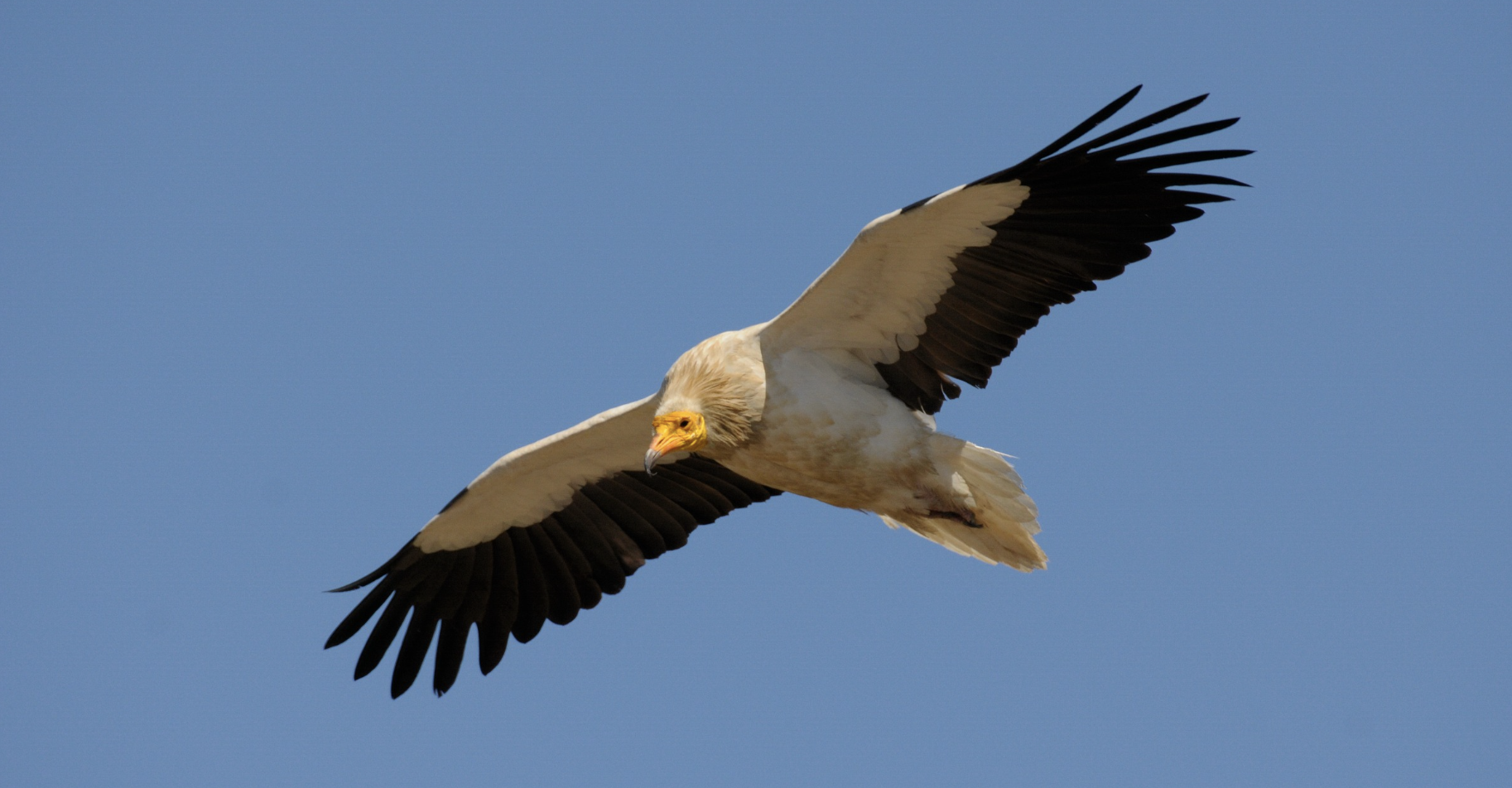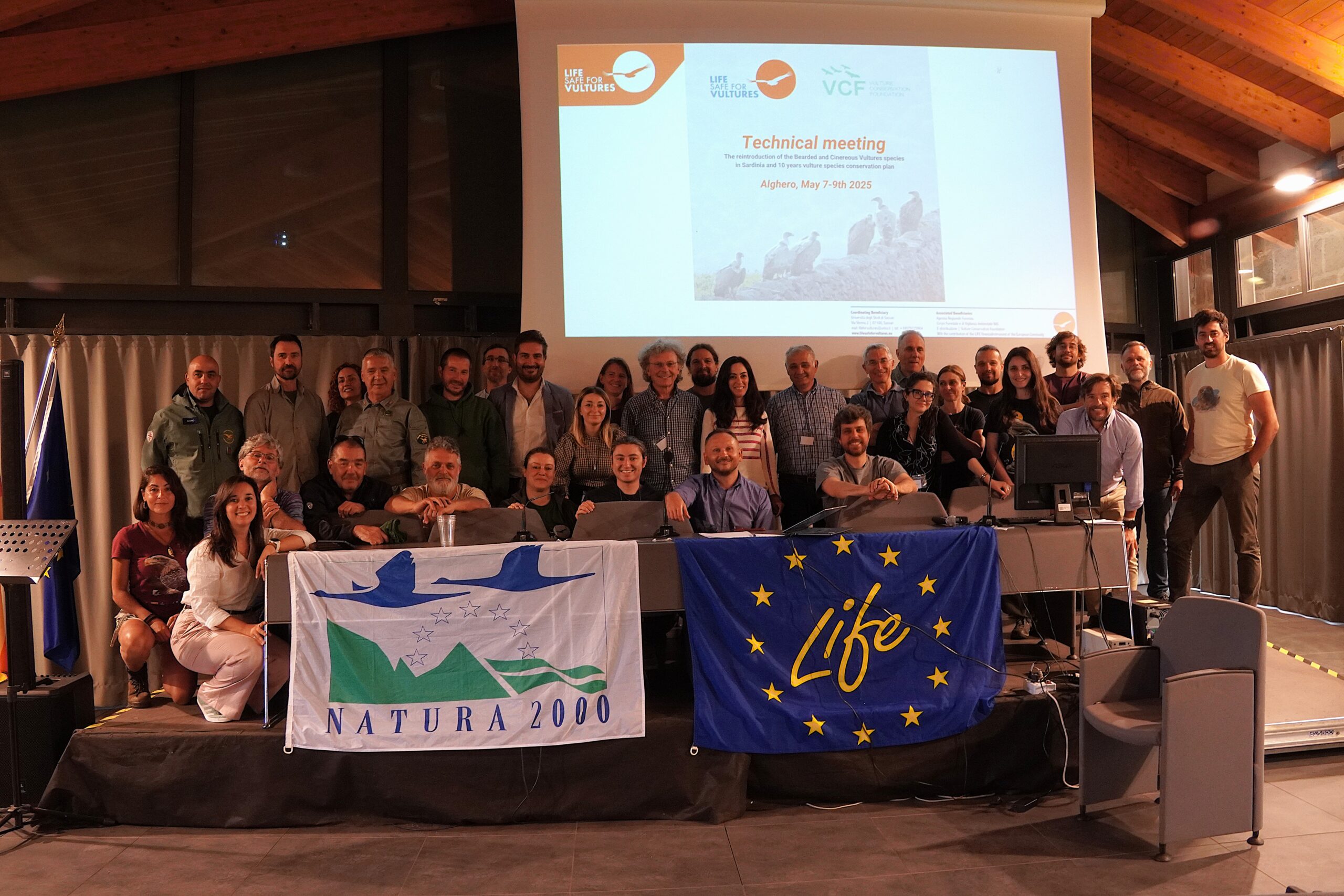Captive breeding can be a very effective conservation tool – the captive breeding network for the bearded vulture, managed by VCF on behalf of the European Association of Zoos and Aquaria (EAZA), under an European Endangered Species Programme (EEP), has been the base for the successful restoration of the species in Europe, with successful reintroduction projects in the Alps, Andalucía and the Grands Causses (France). One hundred years ago the bearded vulture went extinct in the Alps – captive breeding and successful release of young birds have led to one of the most celebrated and spectacular wildlife comebacks in recent decades in Europe– there are now 30 established territories and last year saw a record number (19!) of wild-born fledged young.
The coordinators of the black vulture and Egyptian vulture EEPs are also in the VCF advisory board, and the VCF is keen to explore the potential and relevance of captive breeding in these species to help with conservation projects – especially in the Egyptian vulture, a globally endangered species declining fast almost everywhere throughout its range. The coordinator of this species EEP is Antonin Vaidl, from Prague Zoo.
There are now 55 pairs in the Egyptian vulture EEP, and these last year laid a record 31 eggs, of which 20 were fertile. From these, 16 young were successfully raised, 12 of them naturally, by their parents (4 had to be hand-raised) – this is a new record, and a significant improvement in the breeding success in captivity. Between 2007 and 2013 the number of young raised had varied between 2 and a maximum of 9.
Nine zoos managed to raise young last year: Zlin-Lesna (4) and Prague (3), both in Czech, the CERM centre (Italy) and Paris (two young each), and then Jerez de la Frontera (Spain), Tierpark Schonnbrun (Austria), Sofia (Bulgaria), a private collector in Germany and the zoo of Les Epess (France), with one each.
The VCF is now working closely with the coordinator of the Egyptian vulture EEP to evaluate opportunities to use this ex-situ project to eventually help reintroduction or restocking projects in nature
(All photos Anton Vaidl/VCF)


